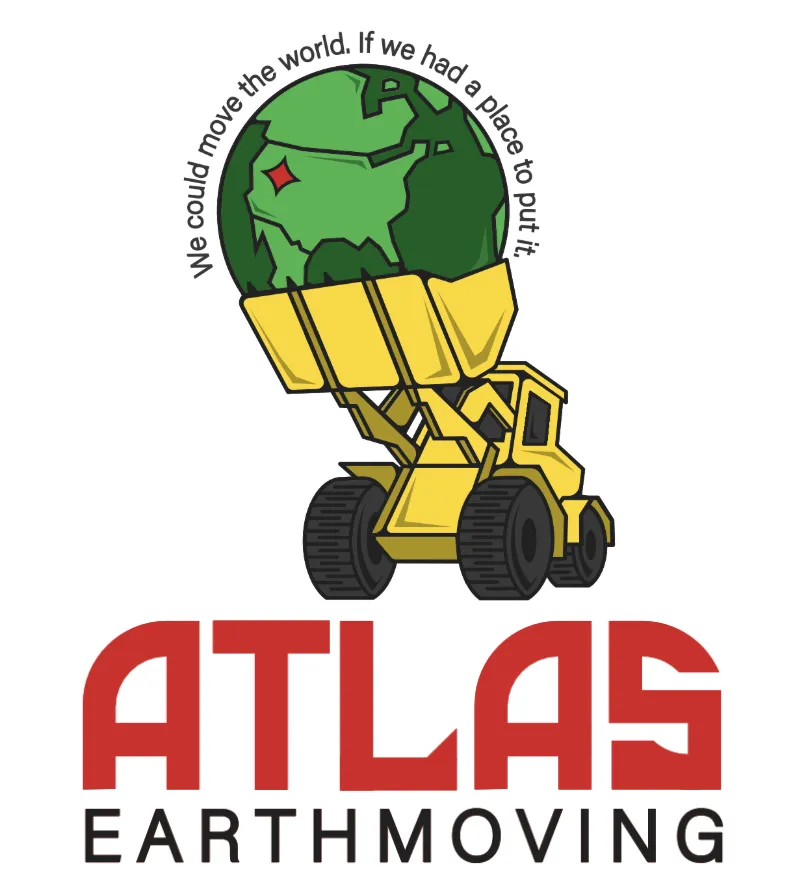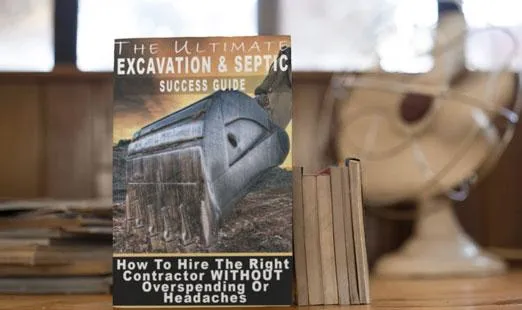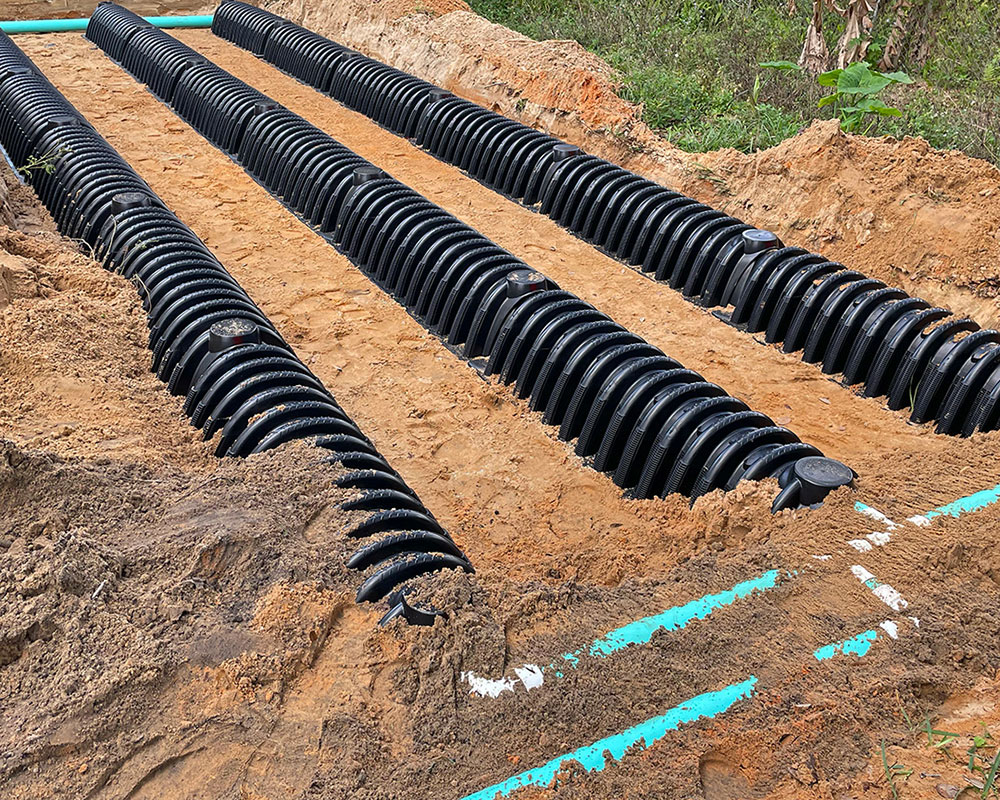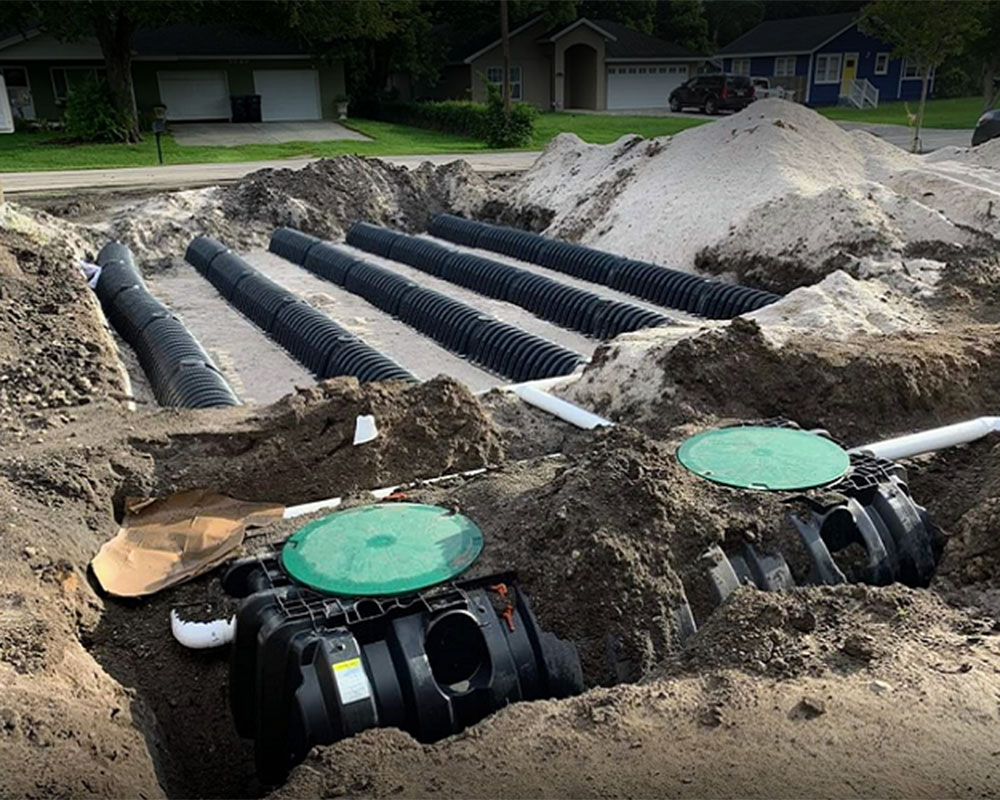
Serving Idaho Counties: Ada, Elmore, Boise, Gem and Owyhee
Drain Field Replacement near Ada County, Idaho
Atlas Earth Moving is Committed to superior quality and results!

AVOID COSTLY MISTAKES:
Do NOT hire an excavating contractor without first reading our free guide:
The ULTIMATE Excavation & Septic "Success Guide."

Drain Field Replacement near Ada County — What It Is and Why It Matters
When your septic system stops soaking wastewater into the soil, everyday life becomes stressful fast. Drains slowly. Odors creep up in the yard. Standing water appears where the leach lines should be quietly doing their job. Drain Field Replacement near Ada County, Idaho restores the hidden half of your system so sinks, showers, and toilets work like they should. In Idaho’s varied soils—from sandy river terraces to tighter clay pockets—designing and installing the right absorption area is the difference between ...
How Can We Help?


What a Modern Drain Field Replacement Does
A proper replacement removes failed components and installs a new soil treatment area that fits current Idaho standards and your property’s conditions. That includes evaluating native soils, seasonal groundwater levels, lot size constraints, setbacks, and traffic loads. The result is a matched system—trenches, chambers, gravelless pipe, sand mound, or pressure distribution—sized for your household’s flow. Expect durable materials, correct trench depth, level distribution, and inspection ports for future ...
Benefits of Drain Field Replacement near Ada County
Replacing a failing field is an investment that pays you back every day you don’t have to worry about backups. First, you regain dependable drainage and normal household routines. Second, you protect your well and local waterways by keeping partially treated effluent out of the environment. Third, you improve property value and marketability; buyers want documented upgrades and current permits. Fourth, you reduce long-term costs by installing a field sized to today’s standards rather than nursing along u...
Why Hiring a Local Pro for Drain Field Replacement near Ada County Helps
Local experience matters. Soil profiles change across short distances, and Idaho permitting details can be precise. A professional who regularly works in Ada County understands submittals, required tests, winter timelines, frost considerations, and access limits on tight lots. They also know the practical realities: utility locations along shared driveways, irrigation conflicts, landscaping restoration, and traffic-rated designs where vehicles cross the field. Hiring a local specialist means faster approval...
Signs You May Need a Drain Field Replacement
Look for persistent wet spots, sewage odors, lush grass over the field in dry weather, backups after rain, or frequent tank pump-outs that only last a few weeks. Pipes gurgling or drains that won’t keep up can signal a saturated soil bed. If your field is decades old or undersized compared to your household today, a replacement may be the right long-term fix.
See Our Excavation & Septic Services

✔️ Residential Excavation
✔️ Swimming pool excavation
✔️ Basement excavation
✔️Residential Sewer And Water Replacement
✔️Residential Septic Installation And Repair
✔️Concrete Preparation
✔️Small Commercial Site-Work
✔️Residential Gravel And Sight Work
✔️ Demolition
✔️ Large pond Construction
✔️ Small Pond Construction
✔️ Dozer work
✔️ Septic inspections
✔️ Trenching
✔️ Utilities Trenching
✔️ Foundation Repairs
Quality Services Launched FAST!

✔️ Septic system pumping
✔️ Septic installs traditional systems
✔️ Septic tanks - aerobic systems
✔️ Septic tanks - Plastic/poly
✔️ Septic tanks - Concrete
✔️ Drain field replacement
✔️ Grading, lot clearing
✔️ French Drains
✔️ Retaining walls
✔️ Sewer repairs
✔️ Drainage systems
✔️ Full site preparation
What Are You Waiting For?
The Step-by-Step Process for Hiring in Ada County, Idaho
1) Initial Call and Site Review
You begin by describing symptoms—slow drains, soggy patches, or frequent pumping. A site visit confirms the basics: tank location, existing field footprint, slope, setbacks to wells and property lines, and any surface drainage issues.
2) Soil and Seasonal Water Evaluation
Next comes the critical investigation. Test pits or probes identify soil texture, structure, and limiting layers. Seasonal high water table indicators guide trench depth and type. These findings drive the design: conventional trenches where soils percolate well, pressure dosing for uniform distribution, or elevated mounds in shallower soils.
3) System Design and Sizing
With flows based on bedroom count and fixture load, the designer selects the treatment area style and layout. Setbacks to wells, buildings, and waterways are plotted. Distribution boxes or manifolds are oriented for level flow. Materials are specified—chambers, pipe, fabric, sand media—and a plan set is drafted for submission.
4) Permitting and Scheduling
Designs are submitted to the appropriate authority for review. Once approved, the project is scheduled around weather windows and material lead times. Utility locates are called in. Erosion controls and construction access are planned.
5) Decommissioning the Failed Field
The old field is isolated from the tank to prevent cross-contamination. Unsuitable materials are removed or abandoned per code. If root intrusion, grease clogging, or biomat overgrowth is discovered, those conditions are documented so habits or fixtures can be adjusted going forward.
6) Excavation and Installation
The new field is excavated to design depth with laser-accurate grading. Trenches are bedded as specified, laterals placed level, and inspection points installed. Pressure systems are tested for head and even distribution.
7) Inspection, Commissioning, and As-Builts
The inspector verifies setbacks, materials, distribution, and elevations. After approval, you receive as-built drawings, operation guidance, and maintenance schedules. Landscaped areas are restored, and any traffic-rated surfaces are compacted and finished.
What Influences Cost in Idaho
Costs reflect design type, soil conditions, depth to limiting layers, access, and restoration. Mounds and pressure dosing add components but provide reliable performance where soils demand it. Tight sites may require smaller equipment and more handwork. Driveways, fences, patios, and mature landscaping can affect labor and restoration. Transparent estimates should separate design, permits, materials, excavation, rock or sand import, restoration, and contingencies, so you see exactly where the budget goes.
How to Get the Best Outcome
Communicate honestly about water use: number of bedrooms, occupancy patterns, large tubs, water softeners, or laundry habits. Plan for future expansions or an accessory dwelling unit so the field has capacity. Keep heavy vehicles off the absorption area and redirect roof and surface water. Schedule routine tank pumping and add inspection ports to make maintenance fast and affordable.
Add simple protections that extend system life: route roof downspouts away from the field, fix leaky fixtures, spread laundry over the week, and keep deep-rooted trees outside the footprint. In winter, avoid snow compaction that forces frost deeper. In summer, mow but skip heavy aeration over laterals. Mark the field on your site plan, and share it with future owners. Small habits like these safeguard trench biomat health and help your new Idaho system run.
Ready to Start?
If your septic is stressing you out, getting clarity starts with a site review. With a thoughtful evaluation, a code-compliant design, and precise installation, Drain Field Replacement near Ada County, Idaho restores peace of mind—and keeps your home running the way it should in every Idaho season.
Hours: Mon-Sun 7AM-8PM
Extended hours by appointment only.
Address: 7109 W Northview St, Boise, Idaho 83704
All rights reserved | Client Support Area
Facebook